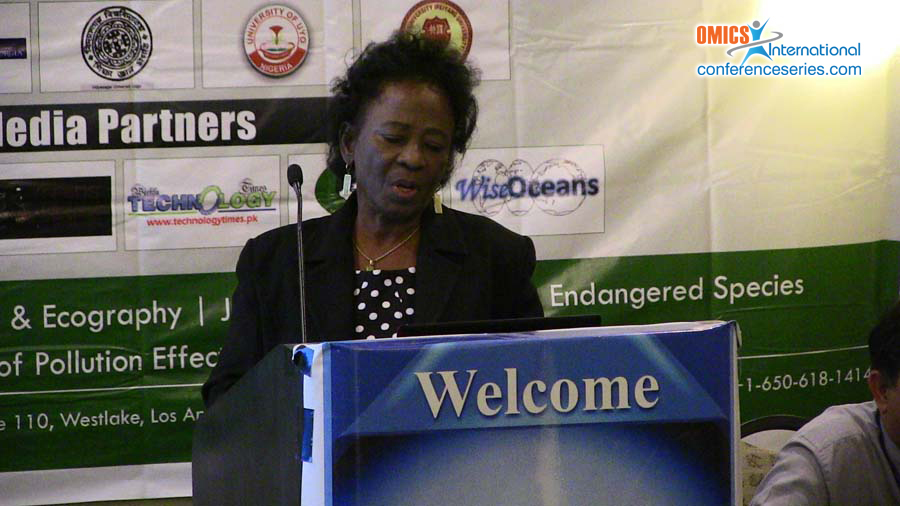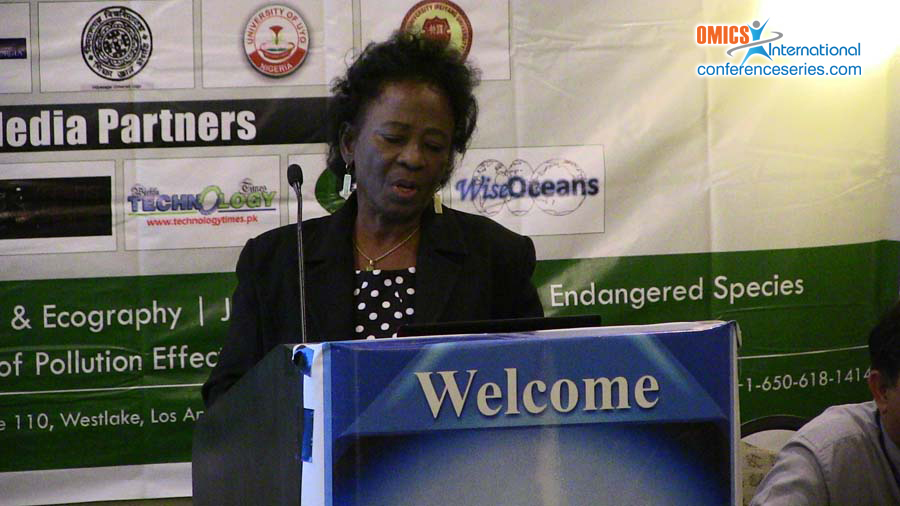
Okore Oghale O’woma
Michael Okpara University of Agriculture, Nigeria
Title: The physicochemical, planktonic and macroinvertebrate analysis of Anya stream in Amaoba town, Ikwuano local government area, Abia State, Nigeria
Biography
Biography: Okore Oghale O’woma
Abstract
The physico-chemical as well as Macro invertebrate characteristics of Anya stream in Amaoba community, Abia state was studied over a period of 5 months. The stream was investigated in 3 different outlined stations based on degree of human interaction and the plant community along the length of the stream. The result indicated that human interaction influence to an extent the physico-chemical parameter of the water. The phosphate value recorded was between 0.67±0.22 to 0.77±0.18 mg/l. Total hardness ranged between 7.66±0.06 to 20.33±9.16mg/l while dissolved oxygen recorded 0.73±0.13 to 3.76±0.56 mg/l. The rainfall amount recorded within the period of study had influence on some of the parameters. The surface water temperature was lower in the wet months than in the dry ones. The nitrate concentration increased with an increase in the rainfall amount recorded. All parameters assessed except for the pH and total phosphate fell within the acceptable standard of World Health, Organization (WHO), Standard of Nigeria (SON), European Economic Community (EEC), Federal Ministry of Environment (FMENV).There was significant difference in the monthly concentrations of theses chemical parameters when subjected to Duncan and LSD analysis. However when the various stations were analyzed, there was no significant difference. A check list of the planktonic abundance and macro invertebrates revealed a total of five zooplankton species, four phytoplankton and six macro invertebrates. The zooplanktons encountered include Water flea, Branchionus plicatilis, Cyclops sp., calanus hyperboreus and Moina sp. The phytoplanktons included the following species Spirogyra, Euglena, Green algae, Blue-green algae while the macroinvertebrates were Water strider, Dragon flies, Damsel flies, Beetles, Water bugs, immature stages of Mosquitoes (larva, pupa) and the adults respectively. Chlorophycene (spirogyra), had the highest cell density of phytoplankton with a percentage of 100.0% obtained from a total of 184 cells/ml from four broad groups of phytoplankton, based on the result and following standard criteria, the stream could be said to be suitable for domestic, industrial and agricultural uses, however basic treatment can help improve the portability of water especially for drinking.



